Human Body’s Organ Systems and Their Function
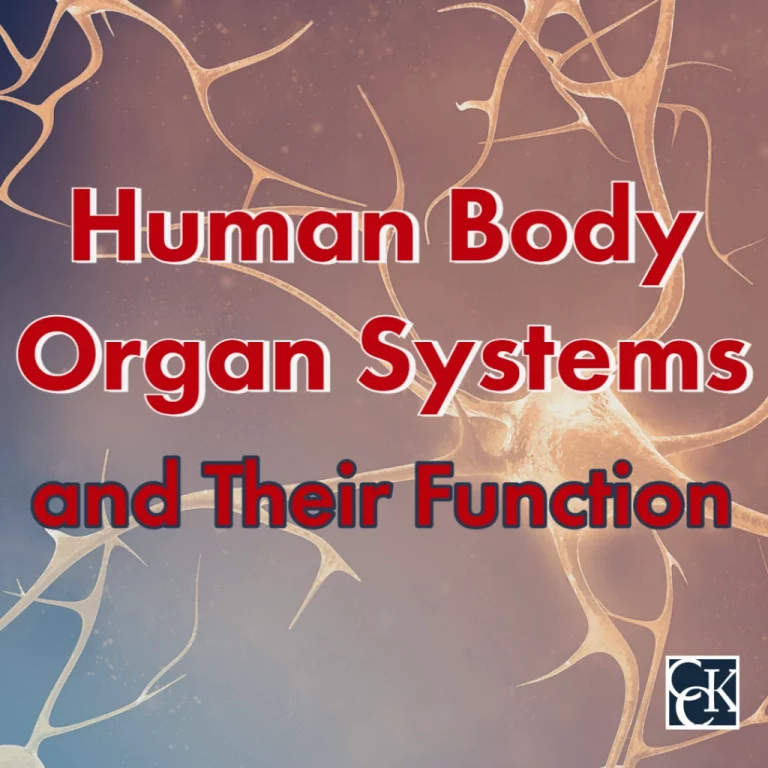
CCK Law: Our Vital Role in Veterans Law
The U.S. Department of Veterans Affairs (VA) classifies veterans’ disabilities by organ systems of the body. Essentially, service-connected injuries and illnesses are categorized by whichever organ system is primarily affected or impaired by the condition.
What is an Organ System?
An organ system is a combination of organs (e.g., heart, lungs, eyes, kidneys, etc.) that work together for a specific function. The human body consists of 11 interrelated organ systems that manage all essential body functions. These include:
- Cardiovascular system
- Digestive system
- Endocrine system
- Immune/lymphatic system
- Integumentary system (e.g., human skin, hair, nails, etc.)
- Muscular system
- Nervous system
- Reproductive system
- Respiratory system
- Skeletal system
- Urinary system

How VA Categorizes Organ Systems
VA defines 15 human body organ systems for the purposes of disability ratings and compensation. VA’s Schedule for Rating Disabilities (VASRD) uses the body systems as categories for rating conditions.
While these 15 systems do overlap with the 11 body systems listed above, VA breaks down human organ systems somewhat differently. For example, VA includes additional categories, such as mental disorders.
The 15 VA human body systems are:
- The Musculoskeletal System and Muscle Injuries
- Organs of a Special Sense (e.g., visual acuity)
- Impairment of Auditory Acuity
- Infectious Diseases, Immune Disorders, and Nutritional Deficiencies
- The Respiratory System
- The Cardiovascular System
- The Digestive System
- The Genitourinary System
- Gynecological Conditions
- Hemic and Lymphatic Systems
- Integumentary System (Skin)
- The Endocrine System
- Neurological Conditions and Convulsive Disorders
- Mental Disorders
- Dental and Oral Conditions
Each “body system” category includes a list of conditions – divided into subcategories – associated with that specific human body organ system. For each condition, VA details symptoms and criteria for assigning a disability rating. VA uses these disability ratings to determine a veteran’s monthly compensation amount.
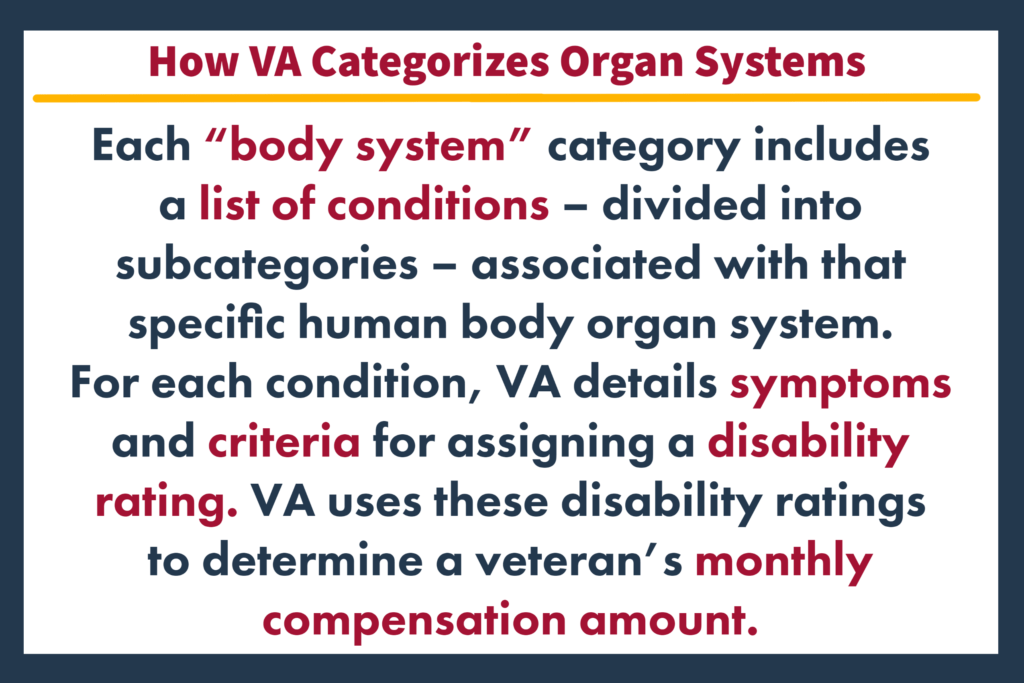
VA Human Body Organ Systems, Their Functions, & Common Disorders
The Musculoskeletal System
The musculoskeletal system allows for movement, supports the weight of the body, and protects the internal organs. Since the musculoskeletal system is so essential to the function of the body, injuries or diseases affecting this system can be debilitating.
The Musculoskeletal System VA Schedule of Ratings includes conditions related to the skeletal system (i.e., bones and joints) as well conditions related to the muscular system (i.e., cardiac, smooth, and skeletal muscles). This includes the loss or loss of function of limbs, scoliosis, osteoporosis, cancers, arthritis, and more.
The Respiratory System
The respiratory system is a network of organs and tissues – such as the airways, lungs, and nose – that help a person breathe. This system also circulates oxygen throughout the body by absorbing it into the blood and removing waste products like carbon dioxide.
The most common respiratory conditions veterans are diagnosed with include sleep apnea, rhinitis, sinusitis, bronchitis, asthma, pulmonary vascular diseases, tuberculosis, cancer in the lungs or throat, and more.
Sleep apnea is especially common among veterans. In fact, more than 1.3 million of veterans enrolled in VA healthcare suffer from some form of sleep apnea.

The Cardiovascular System
Sometimes referred to as the circulatory system, the cardiovascular system consists of the heart, arteries, veins, and capillaries. Essentially, the heart pumps blood through vessels and capillaries that extend to every cell of the body. The cardiovascular system plays a vital role in maintaining internal homeostasis.
Veterans have been diagnosed with a variety of cardiovascular diseases and injuries connected to their military service. Common heart conditions among veterans include hypertension (high blood pressure), ischemic heart disease, and coronary artery disease.
According to VA, hypertension is the most common chronic condition among veterans, affecting more than 37 percent of the veteran population.
The Digestive System
The digestive system, also referred to as the gastrointestinal system, is comprised of the gastrointestinal (GI) tract, the liver, the esophagus, intestines, the stomach, the pancreas, the gallbladder, and more. It helps the body digest food and liquids and rids itself of waste.
Some conditions associated with the digestive system that are common among veterans include irritable bowel syndrome (IBS), inflammatory bowel disease, liver diseases, and cirrhosis.
According to VA, there is evidence indicating that mental health conditions like post-traumatic stress disorder (PTSD) can worsen gut health over time and lead to more serious digestive conditions.
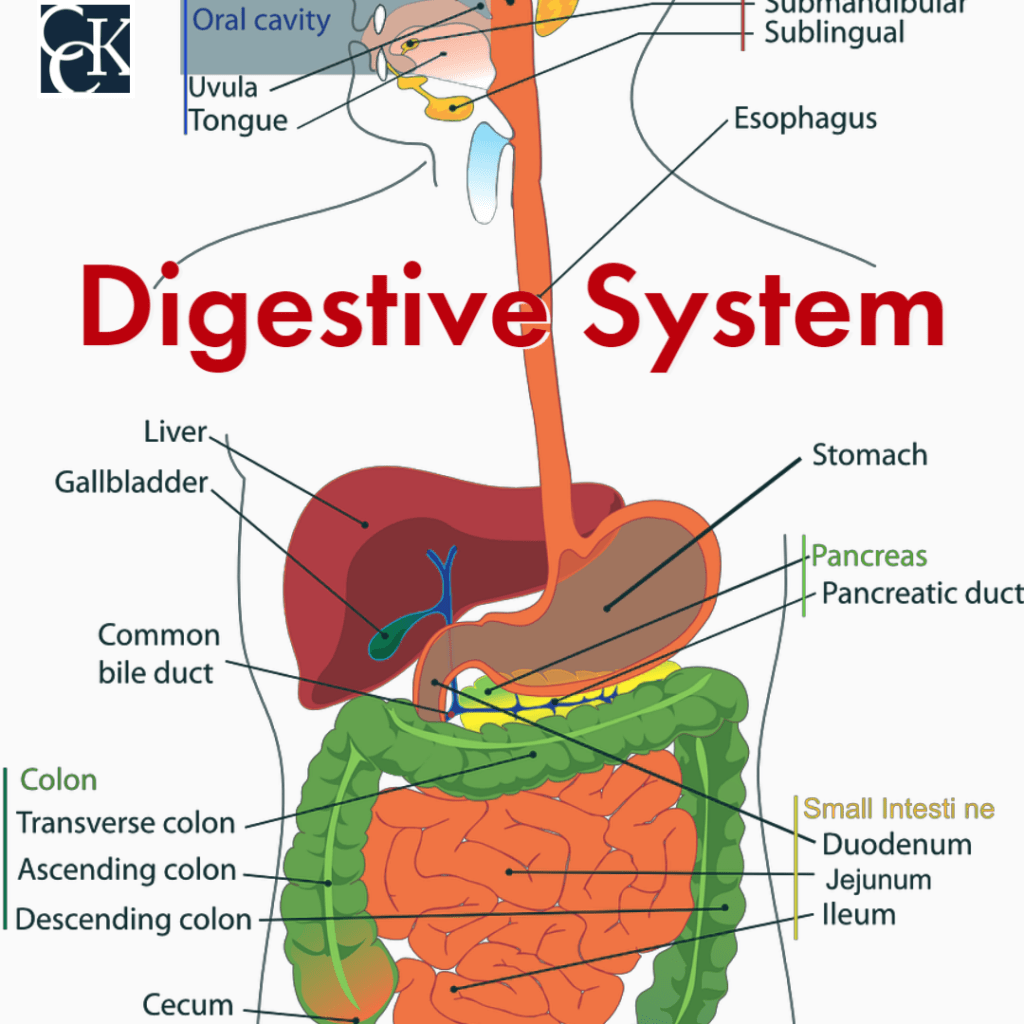
The Genitourinary System
The genitourinary system encompasses the organs of the reproductive system and the urinary system. The urinary system filters blood and disposes of waste by creating urine, while the reproductive system mainly functions to create human life.
In a male, the reproductive system includes the prostate gland, penis, testis, and scrotum, and in a female, it includes the ovary, uterus, vagina, and fallopian tube.
Some diseases associated with the genitourinary system that are common among veterans include urinary frequency, urinary infections, obstructed voiding, kidney stones, kidney disease, renal failure, atherosclerotic renal disease, and more.
Hemic and Lymphatic Systems
VA combines the hemic and lymphatic systems into one category. The lymphatic system manages fluid levels in the body, monitors blood via the spleen, and helps support immune responses through lymph nodes, while the hemic system primarily assists with the production of blood.
There are a few common hemic and lymphatic disorders affecting the veteran population. Several types of lymphoma – cancers starting the in the white blood cells – have been linked to veterans who were exposed to toxins or herbicides while serving in the military. Other conditions include anemia, Hodgkin’s disease, tuberculosis of the lymph nodes, and more.
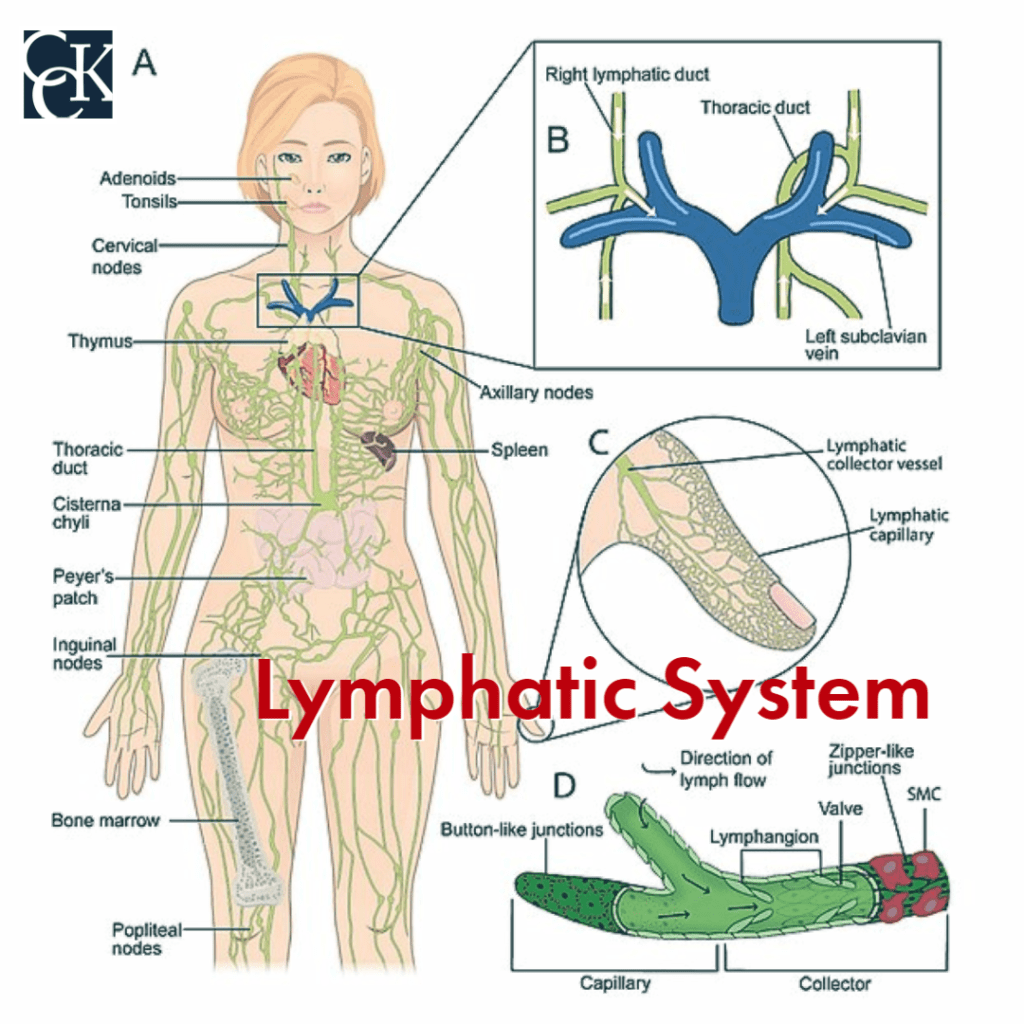
Integumentary System (The Skin)
The integumentary system serves as a physical barrier protecting the internal environment of the body from the external environment. Essentially, it is comprised of hair, skin, and nails. It is also responsible for body temperature regulation and Vitamin D synthesis.
A few skin conditions veterans may develop from their time in service include dermatitis or eczema, hives, psoriasis, autoimmune disorders of the skin, and melanoma.
The Endocrine System
The endocrine system consists of glands secreting hormones that regulate the biological processes within the body. These processes include regulating blood sugar levels, the development of the brain and nervous system, the growth of reproductive system, and the metabolism.
Disorders affecting the endocrine system include diabetes mellitus, hypoglycemia, hyper/hypothyroidism, Addison’s disease, and more. Diabetes is especially common among veterans in the U.S., with more than 25 percent suffering from the condition.
Additional VA Classifications for Disabilities
Gynecological Conditions
A gynecological condition affects female reproductive organs such as the breasts, the uterus, ovaries, fallopian tubes, the vagina, and the vulva.
Common gynecological conditions among veterans include cervical dysplasia, menstrual disorders such as endometriosis, pelvic prolapse, chronic pelvic pain, polycystic ovary syndrome, and uterine fibroids.
Mental Disorders
Mental disorders among veterans range in severity and can sometimes be quite incapacitating. Post-traumatic stress disorder, or PTSD, is especially prevalent among the veteran population, affecting thousands across the United States.
VA separates mental illnesses into the following categories:
- Anxiety (including panic disorder and PTSD)
- Amnesia
- Chronic adjustment disorder
- Cognitive disorders
- Eating disorders (e.g., anorexia and bulimia)
- Mood disorders
- Schizophrenia and other psychotic disorders
- Somatoform disorders (i.e., mental disorders that manifest as unexplained physical ailments)

Neurological Conditions and Convulsive Disorders
There are several neurological conditions and convulsive disorders veterans may develop due to their military service. These include spinal muscular atrophy, traumatic brain injuries (TBI), epilepsy and seizure conditions, amyotrophic lateral sclerosis (ALS), and multiple sclerosis (MS).
Organs of a Special Sense (Eyes)
Common eye conditions among veterans include scotoma, blurry vision, detachment of the retina, intraocular hemorrhage, retinopathy, cataracts, and glaucoma.
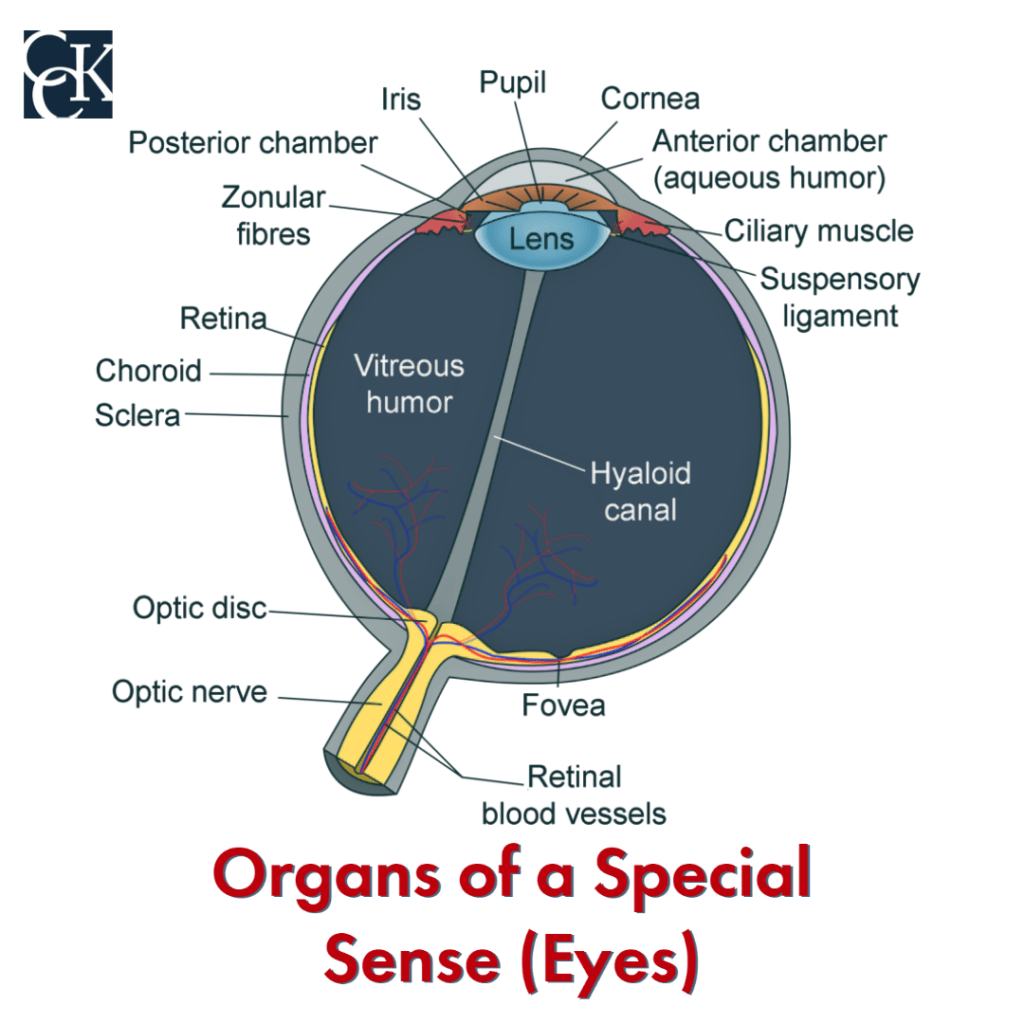
Impairment of Auditory Acuity (Ears)
Common ear conditions among veterans include tinnitus, Meniere’s disease, vertigo, perforated eardrum, perilymphatic fistula, and acoustic neuroma.
Infectious Diseases, Immune Disorders, and Nutritional Deficiencies
This VA category includes diseases like cholera, malaria, rheumatic fever, Lyme disease, tuberculosis, chronic fatigue syndrome, and lupus.
Dental and Oral Conditions
Veterans can be compensated by VA for a variety of dental and oral conditions, including loss or partial loss of teeth, temporomandibular disorders (TMD), hard palate damage, maxilla fracture, and neoplasm.
Have a Question About Your Claim for Disability Benefits?
Sometimes VA may incorrectly categorize your disability and give you a rating lower than you expected. VA may also deny you service connection altogether if they decide you do not have enough evidence to support your claim for benefits. If this happens, you have the option to appeal VA’s decision.
Chisholm Chisholm & Kilpatrick LTD may be able to assist you in gathering additional evidence and filing an appeal. The experienced and dedicated veterans’ advocates at CCK know how to help veterans win the disability benefits they are rightfully owed.
Reach out to CCK today for a free case review.
About the Author
Share this Post
